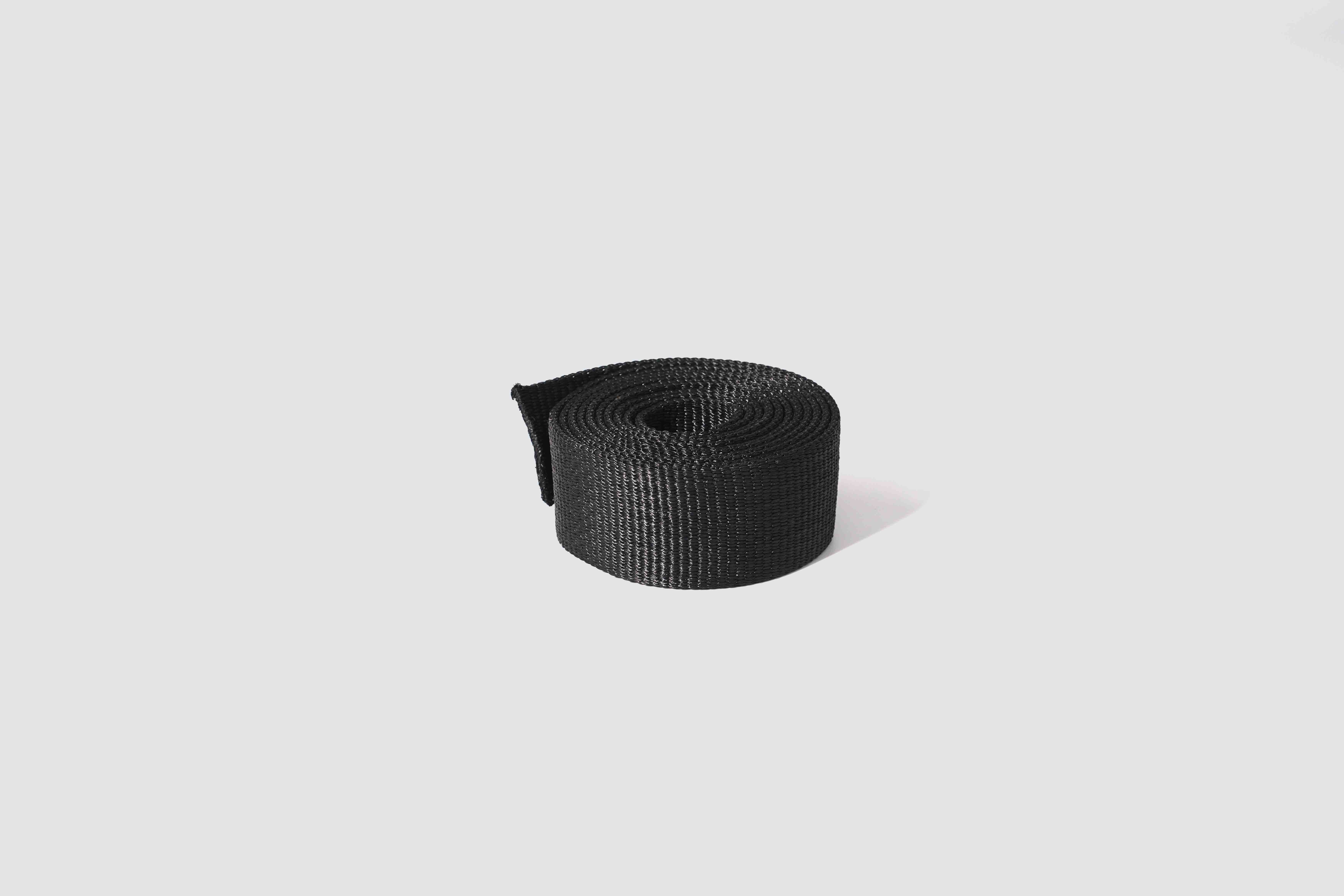2025-08-09 09:28:11
Seat belts are a critical component of vehicle safety systems, and their material composition plays a vital role in their effectiveness. Polyester is the primary material used in seat belt manufacturing due to its exceptional strength, durability, and energy-absorption properties. This article explores the characteristics of polyester seat belts, their applications, and maintenance practices.

1. High Tensile Strength: Polyester fibers used in seat belts typically have a tensile strength of 800-1,200 MPa, which is significantly higher than nylon (500-800 MPa) and comparable to steel wire (1,000-2,000 MPa). This allows them to withstand forces of up to 3,000 kg during a collision.
2. Energy Absorption: Polyester can elongate up to 15-20% before breaking, which helps absorb kinetic energy during a crash. This controlled stretching reduces the impact force on passengers by approximately 40-60% compared to non-stretch materials.
3. Heat Resistance: With a melting point of 250-260°C, polyester maintains structural integrity in high-temperature environments. It retains 85-90% of its strength at temperatures up to 150°C, crucial for withstanding friction heat during sudden deceleration.
4. UV and Chemical Resistance: Polyester demonstrates excellent resistance to UV radiation (losing only 10-15% strength after 1,000 hours of exposure) and common automotive chemicals like oils and cleaning agents.
5. Minimal Creep: Polyester exhibits less than 1% creep under constant load, maintaining proper tension over years of use. This is superior to nylon's 3-5% creep rate.
Automotive Industry: Standard in all passenger vehicles, with typical Webbing widths of 48mm for adults and 38mm for child seats.
Aviation: Used in aircraft seats with specialized flame-retardant treatments (meeting FAR 25.853 standards).
Racing: 6-point harness systems with 3-inch (76mm) wide Polyester Webbing for extreme G-force protection.
Industrial Safety: Fall arrest systems using Polyester Webbing with minimum breaking strengths of 5,000 lbs (2,268 kg).
Child Safety Seats: Specially treated polyester webbing that resists abrasion from constant adjustment.
Proper maintenance ensures optimal performance and longevity of polyester seat belts:
Cleaning: Use mild soap (pH 7-8) and lukewarm water (<40°c). avoid="" bleach="" or="" strong="" detergents="" that="" can="" degrade="" fibers="">
Drying: Air dry at room temperature. High heat (>60°C) can cause up to 15% shrinkage and 20% strength reduction.
Inspection: Check monthly for:
Fraying (more than 3 broken threads per inch requires replacement)
Discoloration (indicates UV degradation)
Stiffness (reduced flexibility suggests chemical contamination)
Retraction: Clean retractor mechanisms annually with compressed air (30-50 psi) to remove dust particles >50μm that can impair function.
Storage: When not in use (e.g., convertible tops), keep belts fully extended to prevent permanent creases that reduce strength by 10-15%.
The table below compares polyester with alternative seat belt materials:
| Property | Polyester | Nylon | Kevlar |
|---|---|---|---|
| Tensile Strength (MPa) | 800-1,200 | 500-800 | 3,000-3,600 |
| Elongation at Break (%) | 15-20 | 25-30 | 2-4 |
| UV Resistance (Strength Retention after 1,000 hrs) | 85-90% | 60-70% | 95-98% |
| Cost per Meter (USD) | $0.50-$1.00 | $0.70-$1.20 | $15-$20 |
Polyester seat belt production involves precise engineering:
Yarn Production: High-tenacity polyester filaments (20-30 μm diameter) are spun with 100-300 twists per meter for optimal strength.
Weaving: Jacquard looms create the characteristic herringbone pattern (typically 28-32 warp threads/cm) for balanced strength distribution.
Heat Setting: Webbing undergoes heat treatment at 180-200°C for 30-60 seconds to stabilize dimensions and enhance creep resistance.
Dyeing: Solution dyeing at 130°C ensures colorfastness (withstand 100+ wash cycles without fading).
Coating: Silicone or urethane coatings (5-15 g/m²) reduce friction coefficient to 0.2-0.3 for smooth retraction.
Emerging technologies in seat belt materials include:
Smart Seat Belts: Integrating conductive polyester threads (resistivity<100>
Self-Healing Polymers: Microencapsulated healing agents that repair minor fiber damage when heated to 80-100°C.
Eco-Friendly Variants: Recycled polyester (rPET) from bottles maintaining 95% of virgin polyester's strength characteristics.